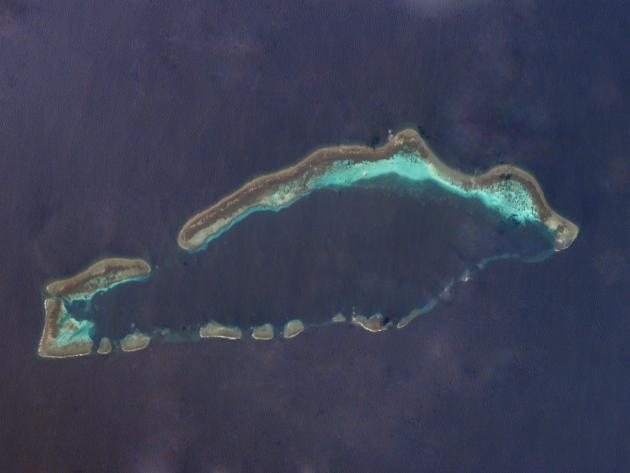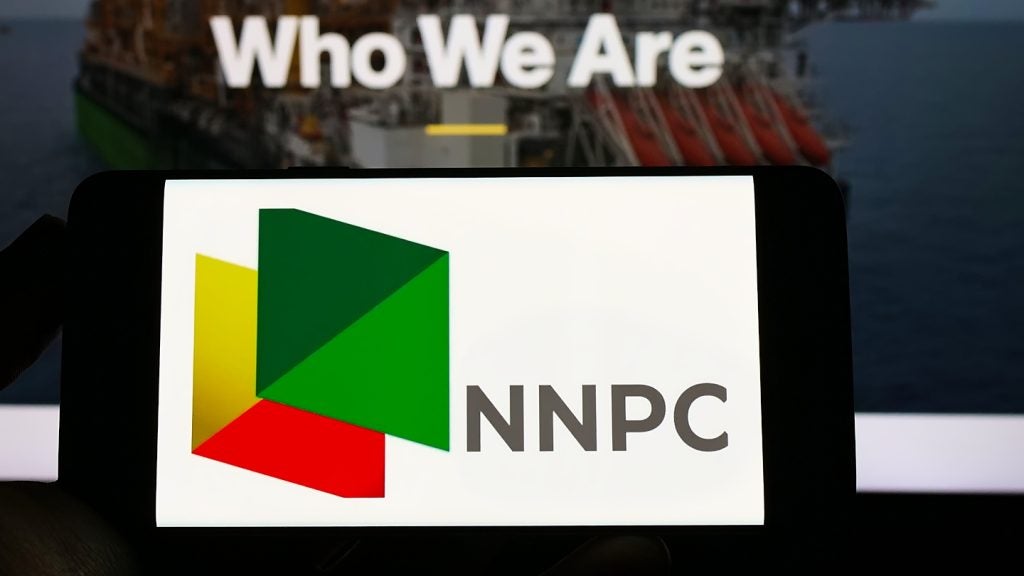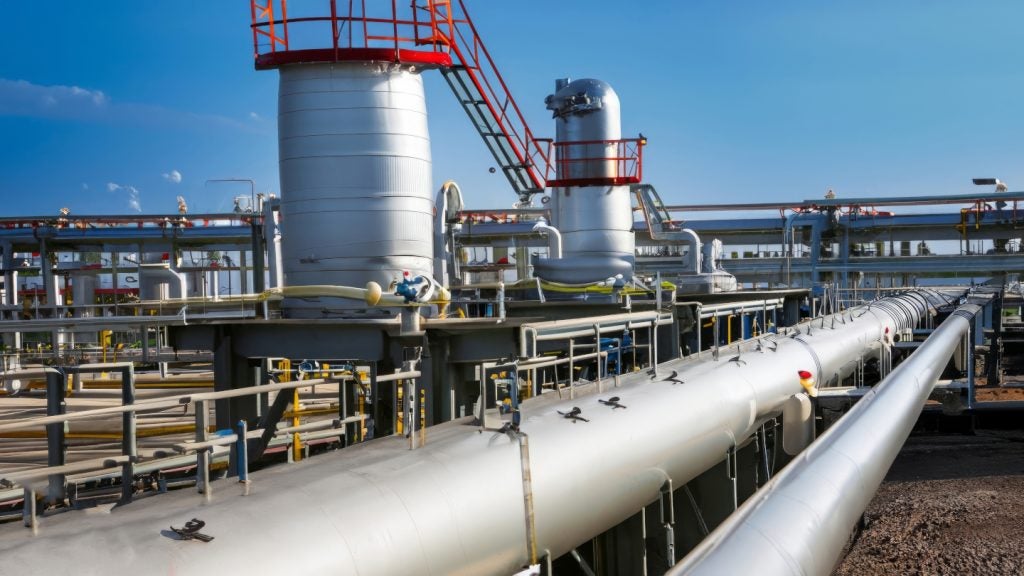

The South China Sea is thought to have vast energy reserves and surrounding countries all want a piece for themselves. Parts of the Spratly Islands, a collection of reefs, rocks and other features, are claimed by China, Vietnam, the Philippines, Taiwan, Indonesia and Japan, but there are disputes about who owns what.
Over the past two years, China has been constructing 2,900 acres of man-made islands on top of the reefs and claiming the territorial seas around them. To assert its sovereignty over the area, the country has built more artificial islands in the past year than the neighbouring countries have built between them over the last four decades.
However, the United Nations Convention of the Law of the Sea (UNCLOS) states that constructed islands do not have the same rights as natural islands, and thus China has no claim on the surrounding waters. Countries have ownership over the 12 nautical miles off the coast of 'real' islands, which is known as their Exclusive Economic Zone (EEZ).
Available resources and exploitation
But it's not just a case of marking territory. In EEZs, countries can exploit resources however they choose. State-owned oil company China National Offshore Oil Corporation (CNOOC) says the South China Sea is one of its 'most important oil and gas producing areas due to its huge resource potential,' and that 'a number of important discoveries' have been made in the region so far.
How well do you really know your competitors?
Access the most comprehensive Company Profiles on the market, powered by GlobalData. Save hours of research. Gain competitive edge.

Thank you!
Your download email will arrive shortly
Not ready to buy yet? Download a free sample
We are confident about the unique quality of our Company Profiles. However, we want you to make the most beneficial decision for your business, so we offer a free sample that you can download by submitting the below form
By GlobalDataIn 2013 the US Energy Information Administration estimated that the South China Sea contained resources equating to 11 billion barrels of oil and 190 trillion cubic feet of gas. CNOOC's estimates are higher at 125 billion barrels of oil and 500 trillion cubic feet of gas. It is unknown why they are so different, but it could be so that China gets sufficient backing from its government to explore the area.
China is also interested in the estimated 150 billion cubic metres of compressed natural gas in the form of methane hydrates in the South China Sea, which is crystalline ice with methane trapped inside it. China has plans to develop methane hydrate into a possible energy resource and will begin testing extraction technology in 2017, but there is no guarantee this will work.
Methane hydrates may not be very valuable. The resource is highly fragile and can quickly melt into water and methane gas. From an environmental perspective, methane is also a potent greenhouse gas, 30 times more damaging in terms of climate change than CO2.
China consumes about three billion barrels of oil and about five trillion cubic feet of natural gas each year, and only a fraction of any of these resources lies in disputed territory in the South China Sea. It may not be worth the money and effort on China's part to be concerned about the Spratly islands if there are not vast reserves to cover the country's massive energy demands for more than a few years.
Emerging local energy markets
Surrounding countries however have emerging energy markets, which could derive greater benefit from exploiting the Spratlys for oil and gas. The resources could have much more of an impact on poorer economies such as Vietnam, the Philippines, Malaysia and Taiwan.
While Vietnam is in the early stages of developing its energy trading market, the country could stand to gain a lot from claiming more reserves from the South China Sea than it currently has access to.
Vietnam's energy demand is growing by up to 14% per year, and cannot be sustained by its current coal and gas reserves, which are easily exploitable but running down. It is anticipated that Vietnam's power demand will more than triple to 330 billion KWh between 2011 and 2020. To keep up with the economic growth of the country, Vietnam needs to satisfy energy requirements so that the electricity grid is not under constant strain.
The Philippines has been on an upwards trajectory of development, and with that it has to maintain a reliable energy source. It has an emerging renewable energy market as few fossil fuel resources are available, but backup resources of natural gas could also be of economic interest.
Malaysia is a fast-growing developing nation, and it has come a long way to develop its economy since gaining independence in 1957. It has tried to ensure a secure, affordable and reliable electricity sector to maintain the country's growth, which could be helped further by securing natural gas reserves.
Oil accounts for 49% of Taiwan's energy consumption, and it is highly dependent on sourcing it from other countries. With access to methane hydrates, Taiwan could develop its own energy market further without relying so much on expensive imports.
Is it worth the fuss?
These developments assume that there are reserves available. Bill Hayton is a journalist and author who has extensively researched the situation in the South China Sea. In his book The South China Sea & the Struggle for the Future of Asia he wrote about a group of expert geological and geophysical consultants who convene at the Penny Black pub on the Singapore waterfront; a watering hole for everyone who has ever tried to find hydrocarbons in the South China Sea.
"The geoscientists of the Penny Black believe the possibilities aren't worth the fuss the area generates," he writes. "These experts are convinced that the disputed areas of the South China Sea actually contain relatively little oil and gas."
In Hayton's book he describes how seismic surveys are looking for three things: 'source rock for hydrocarbons, a reservoir where they can accumulate, and a seal to make sure they don't disappear'.
These three criteria exist in only a few areas around the Spratly islands, but it is very hard to get accurate surveys due to the 3,000m-thick carbonate rocks in the way, which have been forming since the Miocene era 30 million years ago.
Even if there were vast extractable oil and gas reserves, there would still be the problem of obstructive disagreements over ownership. Arguments over who owns what in the South China Sea region have been going on for centuries. Beijing claims the Spratly Islands to be its 'indisputable sovereign territory'; something unsurprisingly disputed by the surrounding countries Vietnam, the Philippines, Malaysia and Taiwan.
From China's perspective, challenger countries illegally inhabit islands to grab the oil and gas reserves surrounding them. To its rivals, China is interpreting 'disputed waters' as being 'up for grabs', proceeding to build islands on top of reefs and rocks over which they have no legal ownership, and then claiming rights to the surrounding sea.
International arguments can deter investors
Exploitation of oil and gas reserves in the South China Sea has been considerably held back as a result of these arguments, as investors are deterred by the threat and consequences of international clashes. The countries involved may disagree to the point of military intervention, which is unattractive for prospective investor companies despite the potentially massive reserves available.
Such actions can deter further investment from exploration companies because the consequences of getting involved in international rows can be dangerous and financially ruinous. Acting on any exploitation activities within disputed areas could mean a loss for firms if they have to retreat due to military threats.
For example, there is a block in the South China Sea called Wan'an Bei 21 (WAB-21) which lies over 650 nautical miles from the Chinese coast and 200 miles from Vietnam's. China issued a licence to survey WAB-21 for oil in 1992, despite the block being so far from its shores. Vietnam sent its navy to stop the exploration and proceeded to dispatch an oil rig there, which China subsequently prevented. It was a fruitless exercise as neither side was able to extract any oil in the process.
Houston-based oil and gas company Harvest Natural Resources Inc (HNR) was given rights to drill in the sea by China in 1998, in the same location that Talisman of Canada had been separately granted rights by Vietnam. The conflict was enough for HNR to pull out, and also state that it was dissociating itself from assets in China altogether.
In 2006, Chevron signed a deal with Malaysian oil company Petronas to carry out exploration of disputed waters in the South China Sea, in an area that both Vietnam and China thought they had sovereignty over. China sent a warning that this exploration was a violation of its dominion, which was enough for Chevron to stop its operation.
Although CNOOC did not wish to comment on any disputes in the South China Sea, the company says it is "adhering to its open door policy, and has already conducted oil and gas exploration and development in cooperation with a number of foreign partners."
This year, satellite images have shown that China is building an airstrip in the Spratly Islands, as well as ports and a pair of lighthouses, which is contested by the neighbour countries.
Involvement of the US Navy
Persistent building has caught the attention of the US. Ships carrying around $5tn worth of goods pass through the South China Sea every year and the US has warned China not to interfere with this trade. The US Navy has talked of plans to conduct freedom of navigation operations into the 12-mile zone around the Spratly islands.
US Defence Secretary Ashton Carter says the US will "fly, sail and operate wherever international law allows" noting that South China Sea is no exception, which China has seen as a threat.
In response, China's Foreign Ministry called the US's plans 'provocative' behaviour and stated that it would "never allow any country to violate" its terrestrial waters or airspace. Beijing warned that it would firmly oppose any breach of sovereignty by the US Navy and that it would be a "grave mistake for the United States to use military means to challenge China".
Some of the tensions between the countries may cease if the consensus comes to accept that they do not stand to gain much in terms of energy from ownership of the Spratlys, but this argument has become a global issue about international law, not just oil and gas ownership.
Whether China and its neighbours will want to break the habit of a lifetime and not stand in each other's way to conduct exploration of the South China Sea is yet to be seen. But with the US and China circling the possibility of a showdown, there is a risk of a regional diplomatic crisis that spans further than just the Spratlys.







